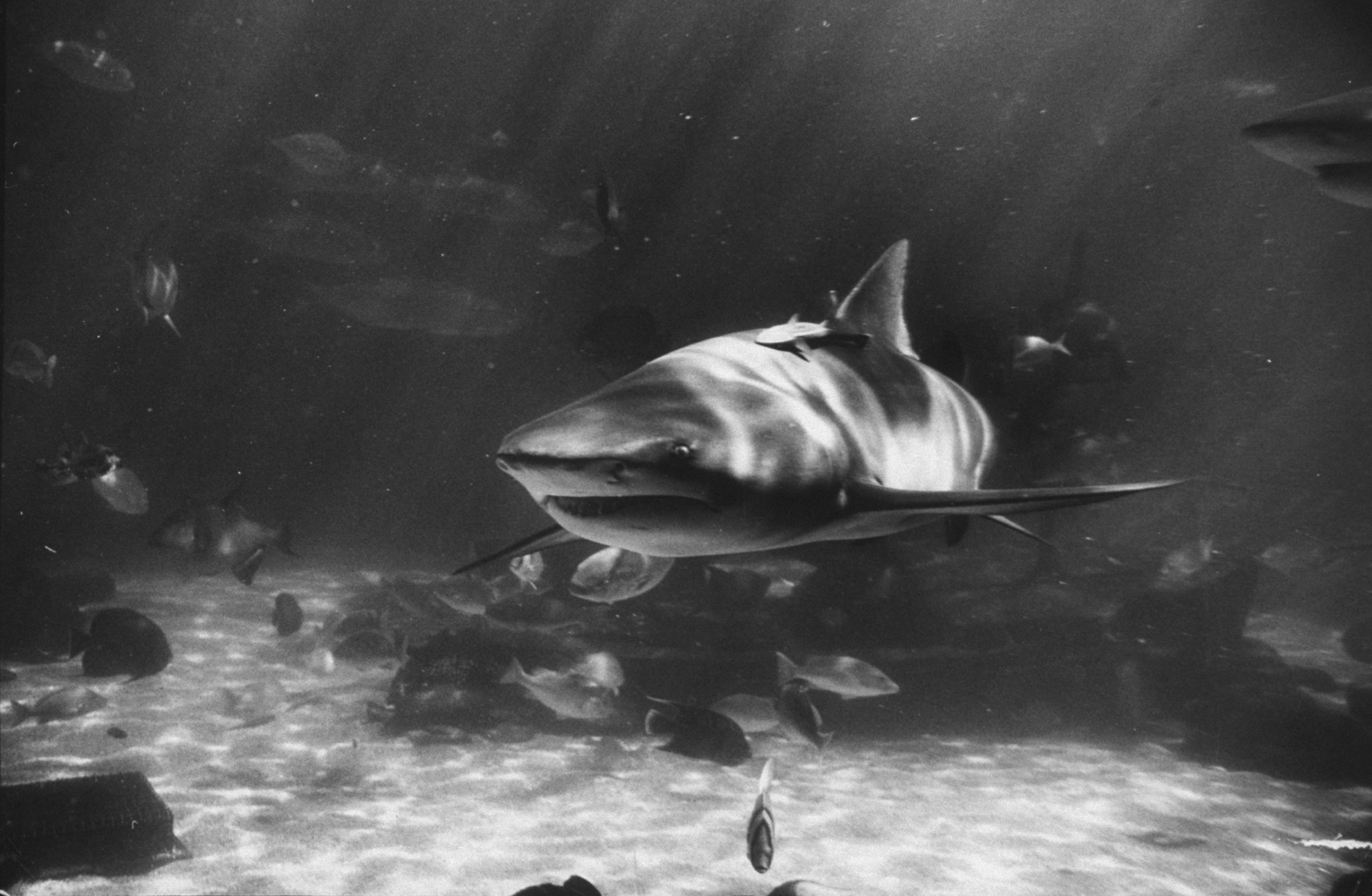
When LIFE’s editors titled a 1960 feature on sharks “Look Out For Sharks,” they weren’t thinking about fictional fish—but when Jaws hit theaters 15 years later on June 20, 1975, the movie proved that a shark didn’t have to be real to be scary. The film was more than the first big hit for a young director named Steven Spielberg; it was the first summer blockbuster, period. It also made moviegoers that summer a tad nervous to swim at the beach.
LIFE’s attitude toward sharks was similarly cautious. “A shadow in a wave, a fin above the surface, a wide mouth nosing up from below”—the “gruesome menace” could be anywhere water is warm, though some species proved a greater danger to swimmers and sailors:
During 1959 sharks made 11 authenticated attacks on human beings in U.S. waters. Three of them were fatal. The number is not enormous, but the victims died deaths of horror–dismembered bite by bite as their executioners struck and turned, struck and turned again.
The article went on to describe how different kinds of sharks might attempt to kill unsuspecting bathers, featuring the stories of victims who survived attacks, and one who didn’t. One survivor, 16-year-old Suzanne Theriot, had her leg amputated after a bite. Another, Eddie Dawkins, required 100 stitches from his chest to his ears after a shark had most of his head inside its mouth.
The magazine refrained from ending on a morbid note, instead offering tips for how to avoid an attack: Don’t swim alone. Don’t swim at night. Don’t swim with a bleeding wound. And if all else fails, as Martin Brody would have said, perhaps try a bigger boat.
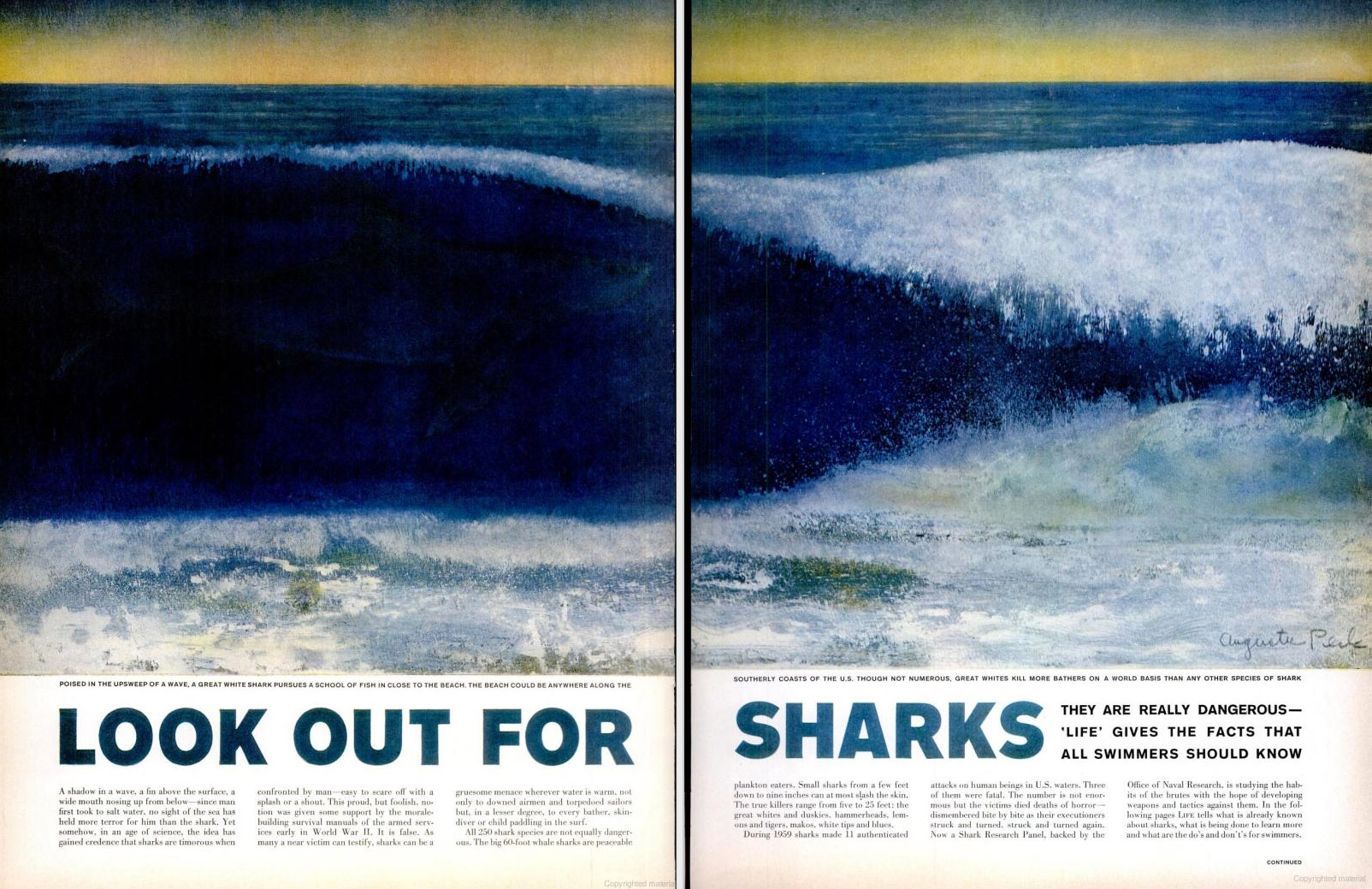
Liz Ronk, who edited this gallery, is the Photo Editor for LIFE.com. Follow her on Twitter @lizabethronk.
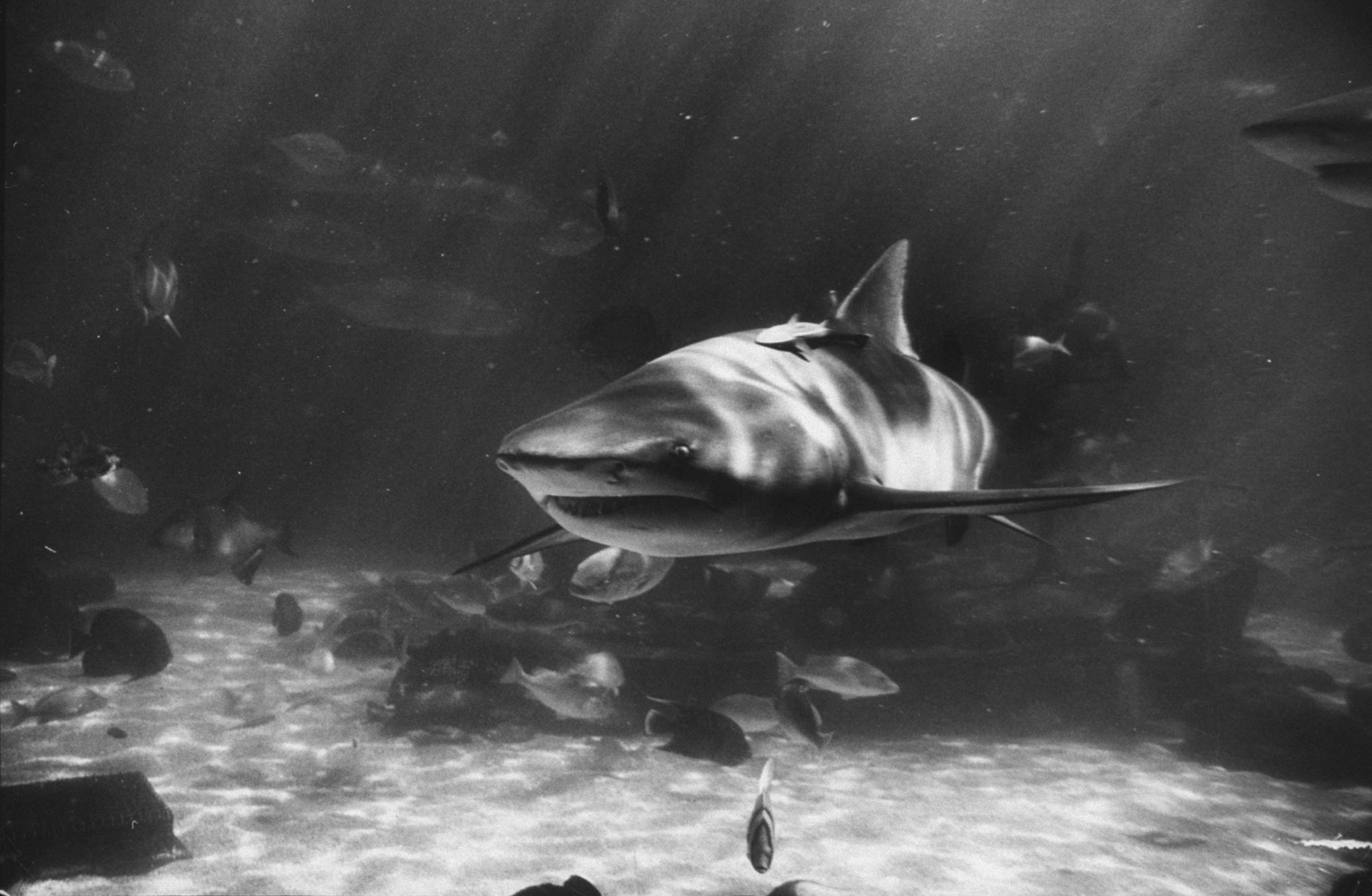

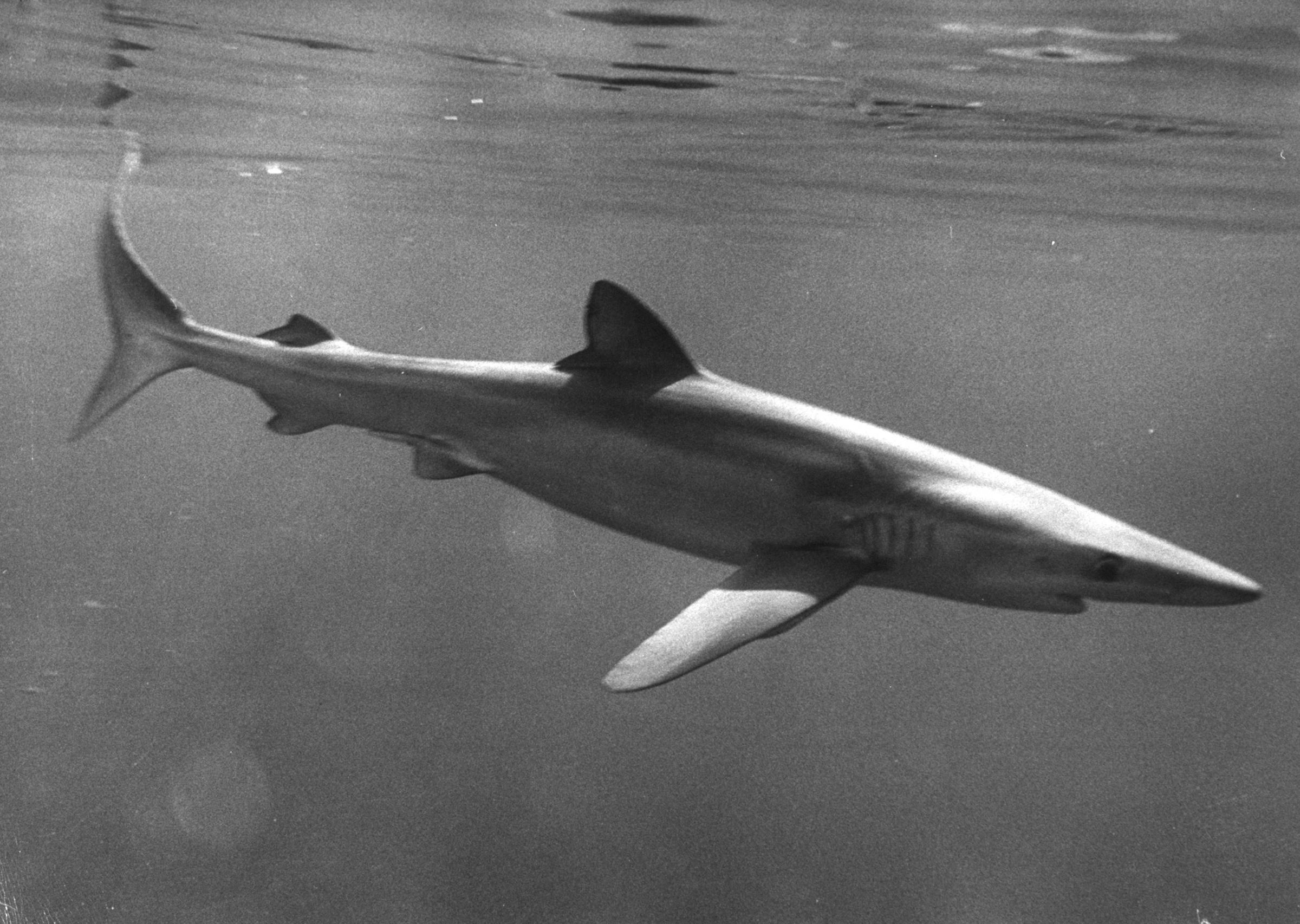
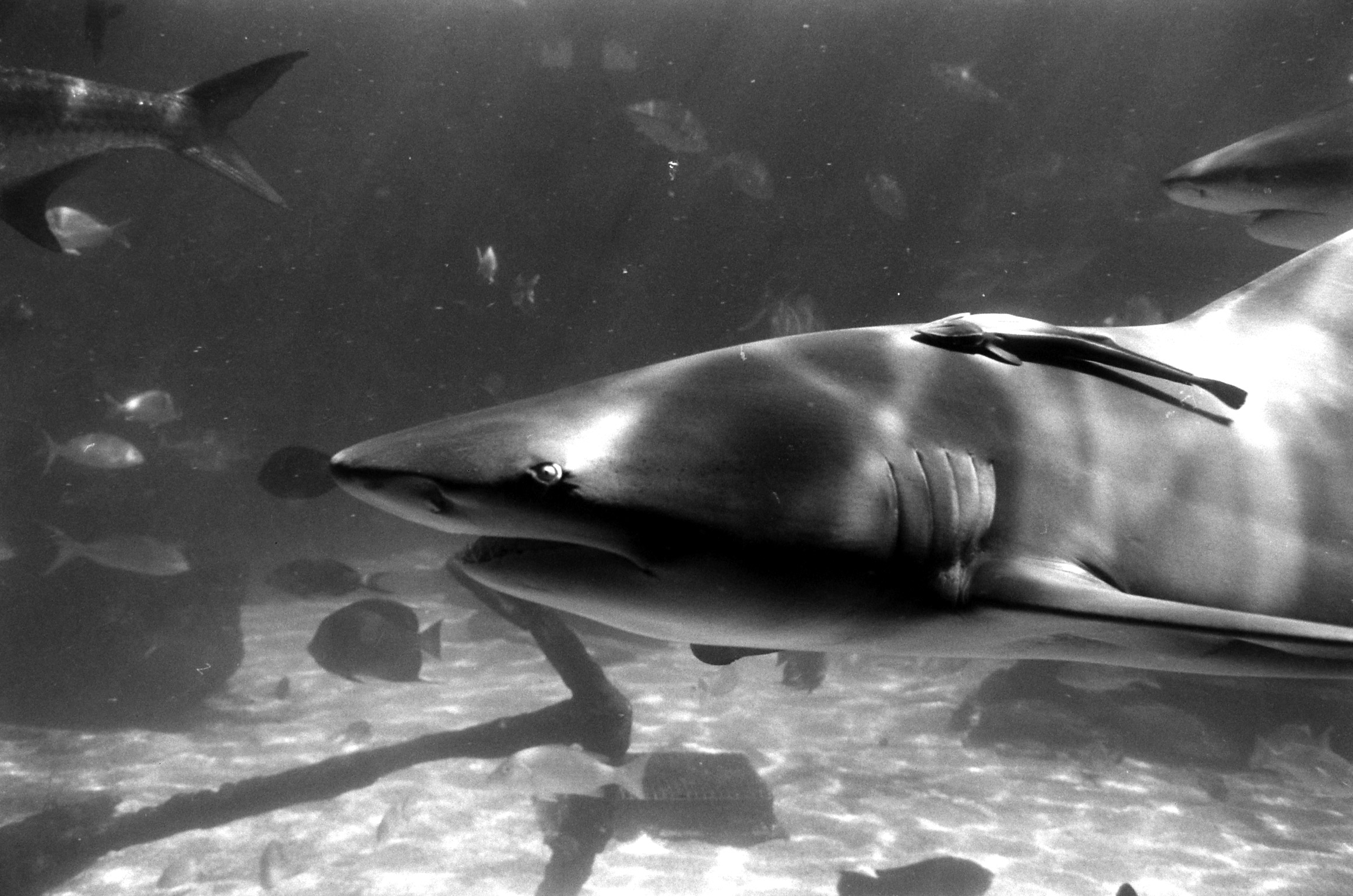

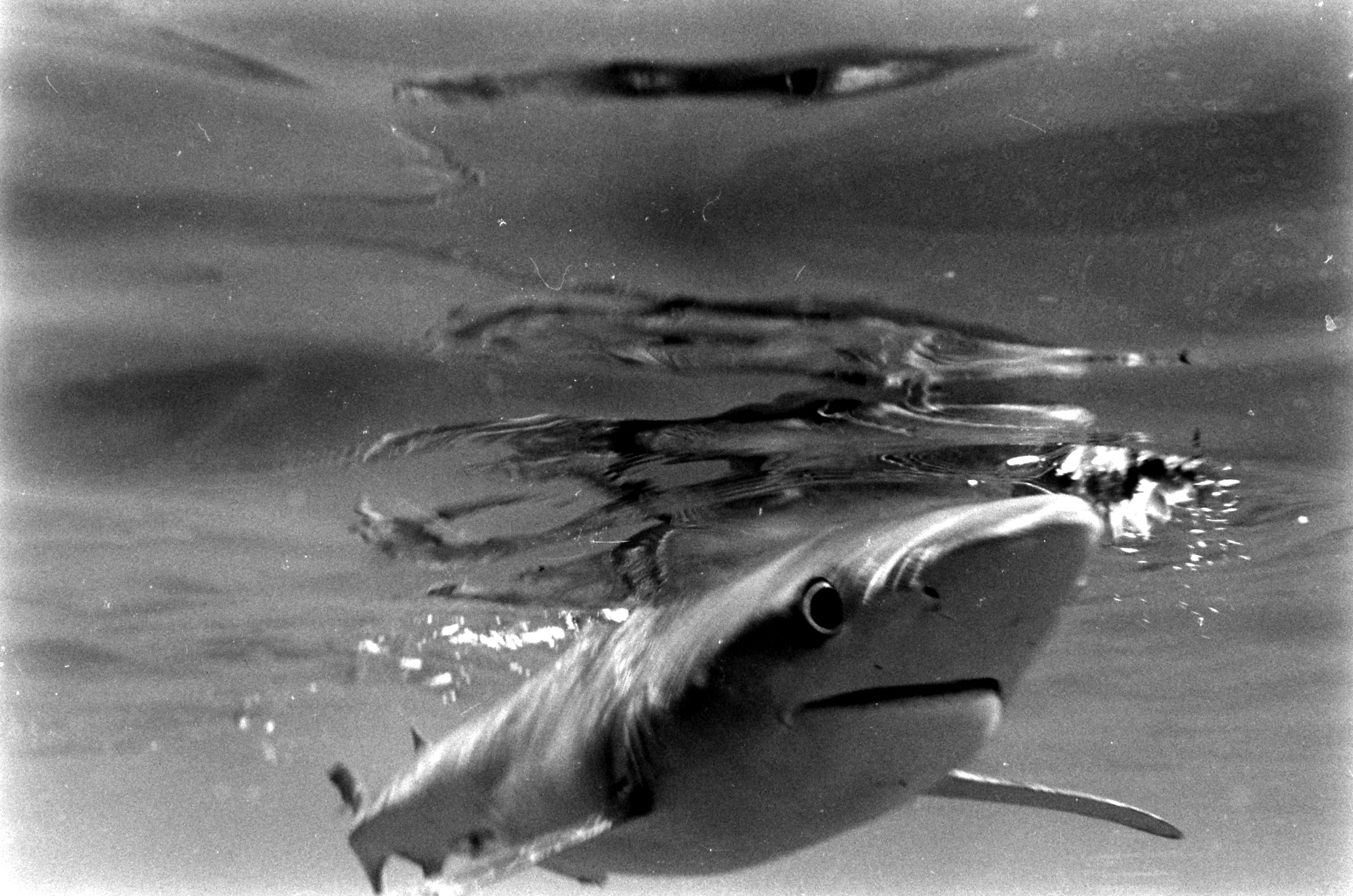

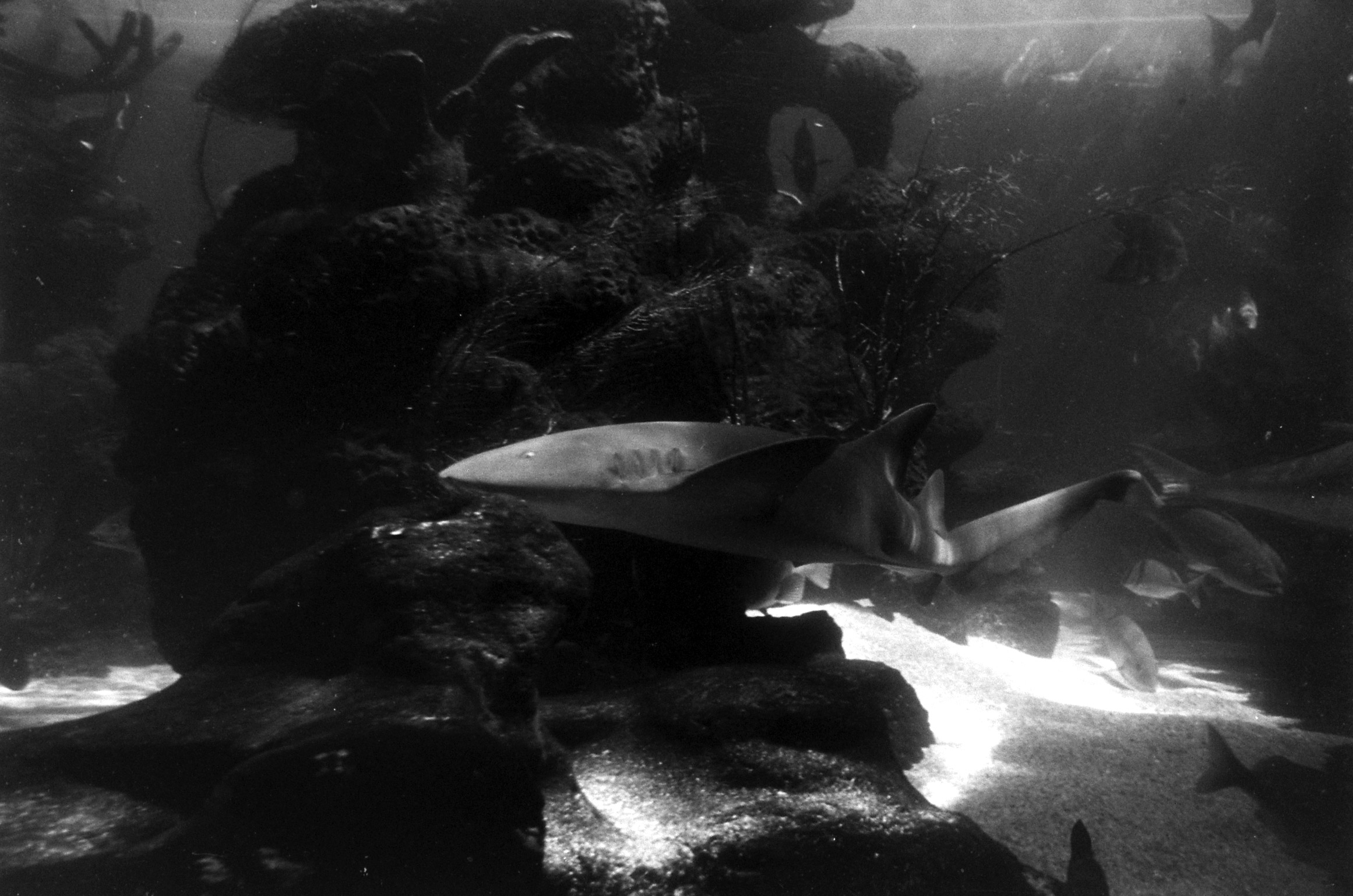
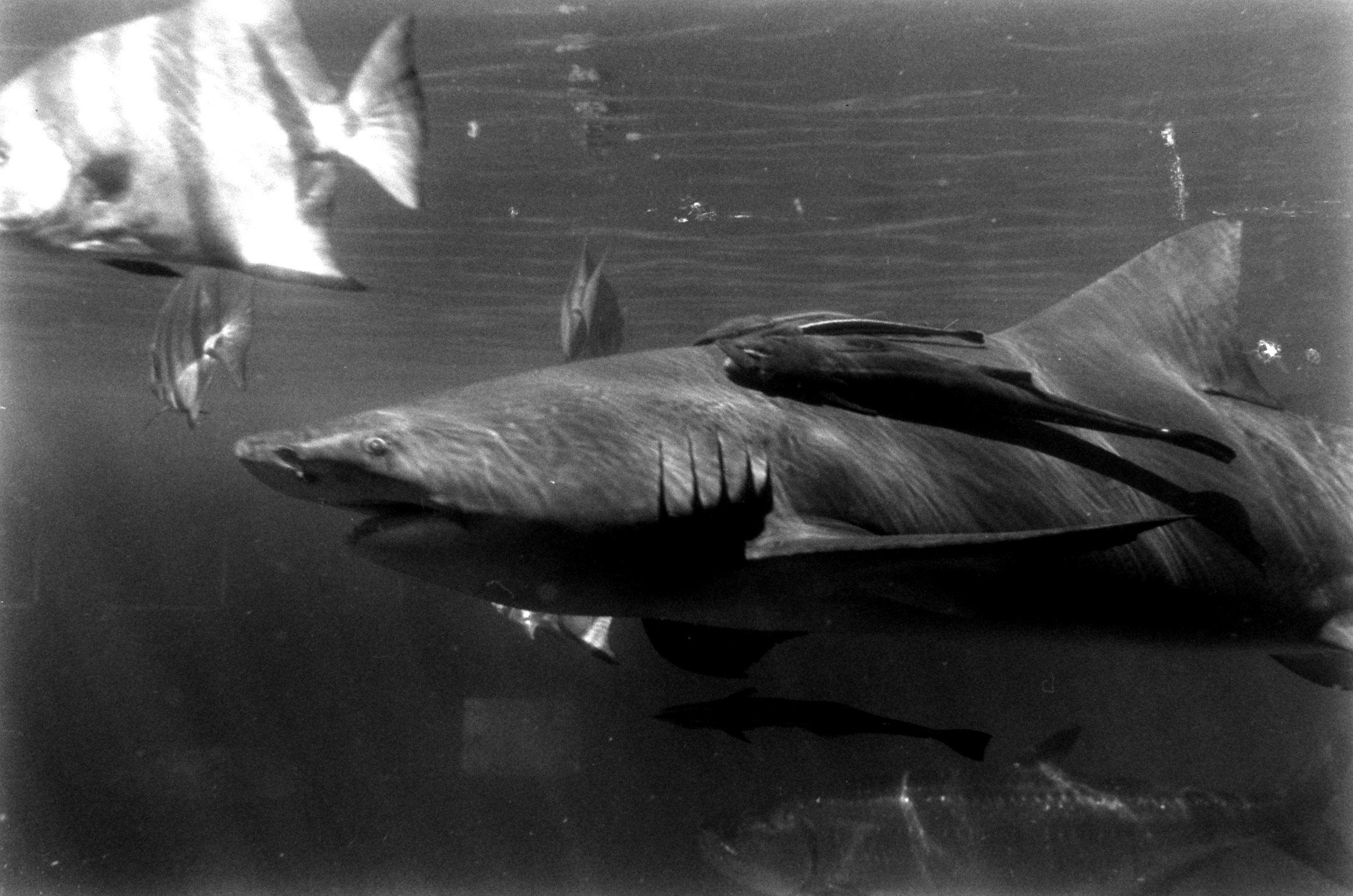
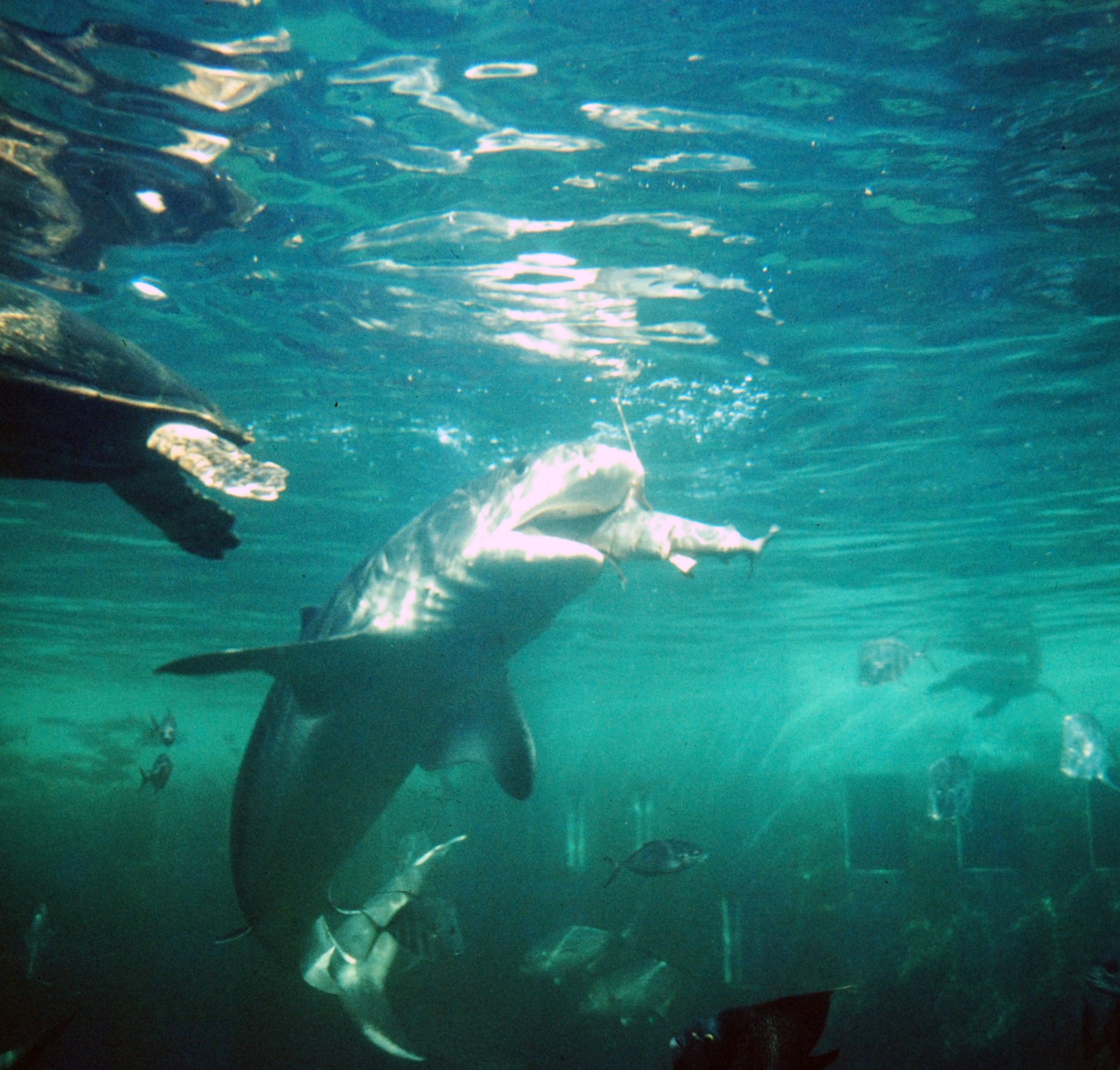


More Must-Reads From TIME
- The 100 Most Influential People of 2024
- Coco Gauff Is Playing for Herself Now
- Scenes From Pro-Palestinian Encampments Across U.S. Universities
- 6 Compliments That Land Every Time
- If You're Dating Right Now , You're Brave: Column
- The AI That Could Heal a Divided Internet
- Fallout Is a Brilliant Model for the Future of Video Game Adaptations
- Want Weekly Recs on What to Watch, Read, and More? Sign Up for Worth Your Time
Write to Eliza Berman at eliza.berman@time.com